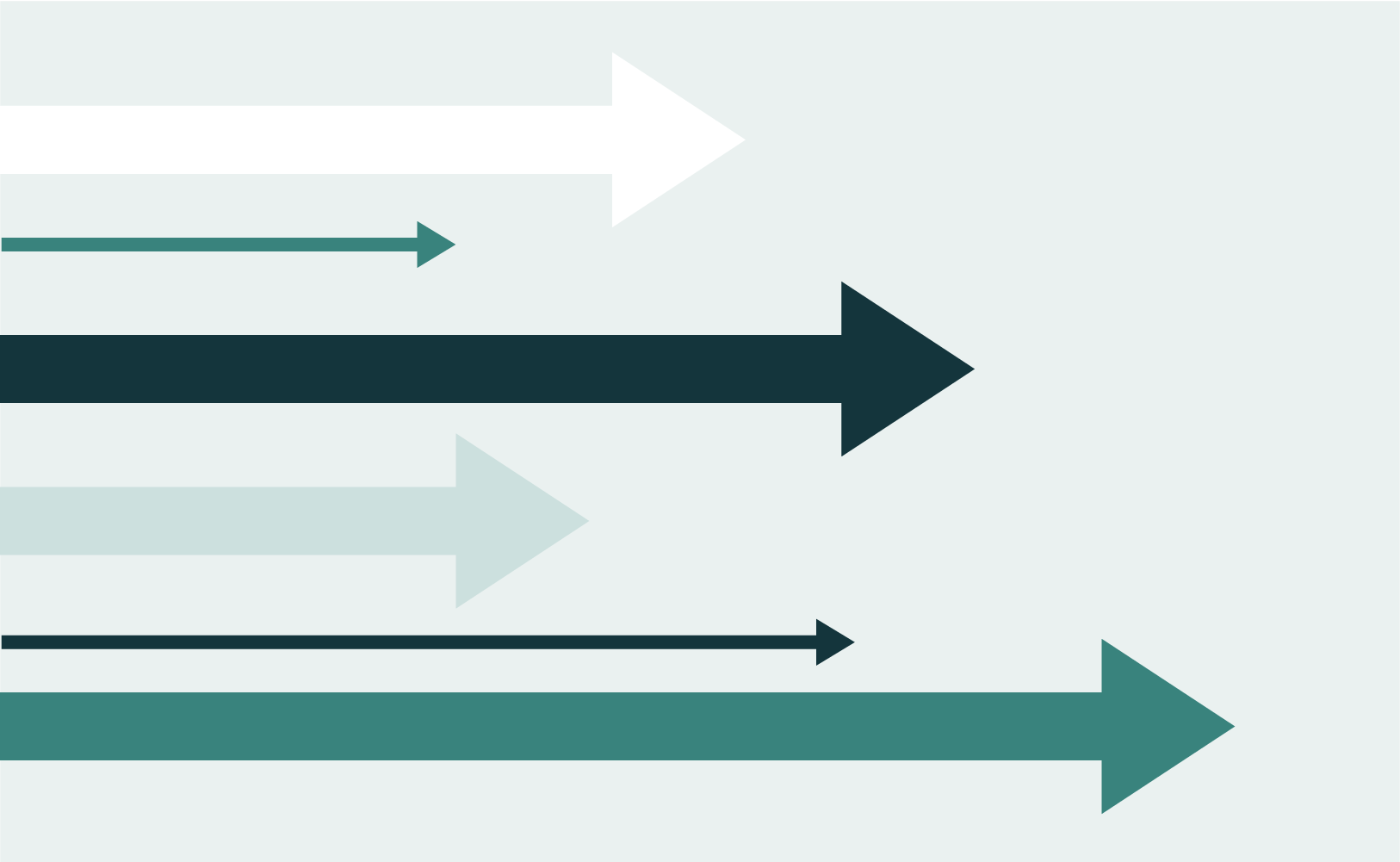
Main Applications of Conjoint Analysis

Ready to dive further into conjoint analysis? In this post I describe the main applications of choice-based conjoint analysis (choice modeling; CBC).
If you haven’t yet, check out “Conjoint Analysis: the Basics” for a primer on Choice-Based-Conjoint Analysis.
Testing the appeal of a new product
Choice-based conjoint analysis is widely used for testing the appeal of a new products and services. For example, a new flavor of soft drink, a new cabin in an aircraft (premium economy), or a new transport option (hyperloop). It is generally preferred to simple techniques like concept tests, because:
- By presenting the various attributes of the alternatives, it encourages people to think through the trade-offs.
- We get a deeper understanding of why people make decisions.
- We can test the effects of lots of different possible products, rather than having to lock in a particular concept for testing prior to collecting any data.
Understanding product deletions
Choice-based conjoint analysis can be used to work out what happens when a product is removed (deleted) from a market. The main focus here, is on understanding what customers buy if they cannot buy their existing alternative. This is particularly useful in situations where a company has a large collection of brands or SKUs. Choice-based conjoint done for this purpose tends to use a special type of experimental design known as an availability design, where the list of which brands or SKUs are shown varies from question to question. This is useful both in terms of portfolio planning and also in terms of understanding antitrust/monopoly cases.
Portfolio optimization
Understanding product deletions naturally leads into designing optimal portfolios of products. For example, if a choice model is conducted in the phone market, and estimates preferences for all the key attributes (screen size, weight, price, etc.), then optimization techniques can be used to identify, say, the four best models of phone to make. This can be done with a focus either on market share or profit maximization.
Assessing the impact of changes in product design
Choice-based conjoint analysis is widely used to prioritize changes to product design, where the changes could be improvements (e.g., better packaging), or reductions in performance levels (e.g., less legroom on flights, replacing natural with nature-identical ingredients). Most commonly, this occurs as a part of a more general business case, where the choice model estimates the demand for the product and an economic analysis works out the impact on profit.
Pricing optimization
Choice-based conjoint analysis is widely used as an input to pricing, in terms of working out the impacts of price increases and decreases, as well as understanding how changes in price influence cannibalization.
It is common to use choice models to compute willingness-to-pay, which is used as an input to policy making decisions in economics and damage assessments in legal actions. For example, this approach has been used in working out damages in environmental cases (where, say, the damage of an oil leak can be viewed as a change in the product design of the environment), copyright cases in terms of the value of illegally used copyrighted materials, and patent violations, such as in the phone wars between Apple and Samsung.
Understanding psychology: purchase hierarchies
Choice-based conjoint analysis is also used to identify which attributes people regard as being most important (i.e., purchase hierarchies), which is useful to know for a wide variety of marketing planning purposes (e.g., new product design, store layout, communications messaging).
Understanding psychology: preferences for attribute levels
One of the key outputs of a choice-based conjoint analysis study is an estimate of the utility of different attribute levels. For example, in a study of chewing gum, the study will estimate the relative appeal of different flavors (spearmint, peppermint, apple, etc.). This is useful in planning future products and product modifications.
Product optimization
Where detailed information is known about the cost of different attribute levels, products can be optimized to maximize the net overall benefit. For example, working out the optimal structure of employment benefits (e.g., salary, versus lunch, versus health benefits).
Computing brand equity
Where brand is used as an attribute in a choice-based conjoint analysis study, the utility estimated for each brand becomes an estimate of brand equity, which is defined in this case as the relative strengths of brands when their features are at parity.
Market segmentation
Choice models are routinely used for market segmentation, as it leads to segments which different in terms of purchase hierarchies and preferences for attribute levels, which usually ensures that the segments are actionable in terms of marketing planning.
Want to read more about choice-based conjoint analysis? Check out Writing a Questionnaire for a Choice-Based Conjoint Analysis Study!







